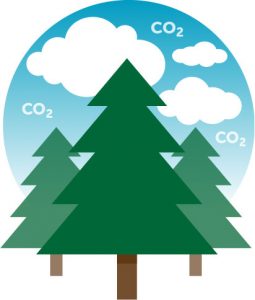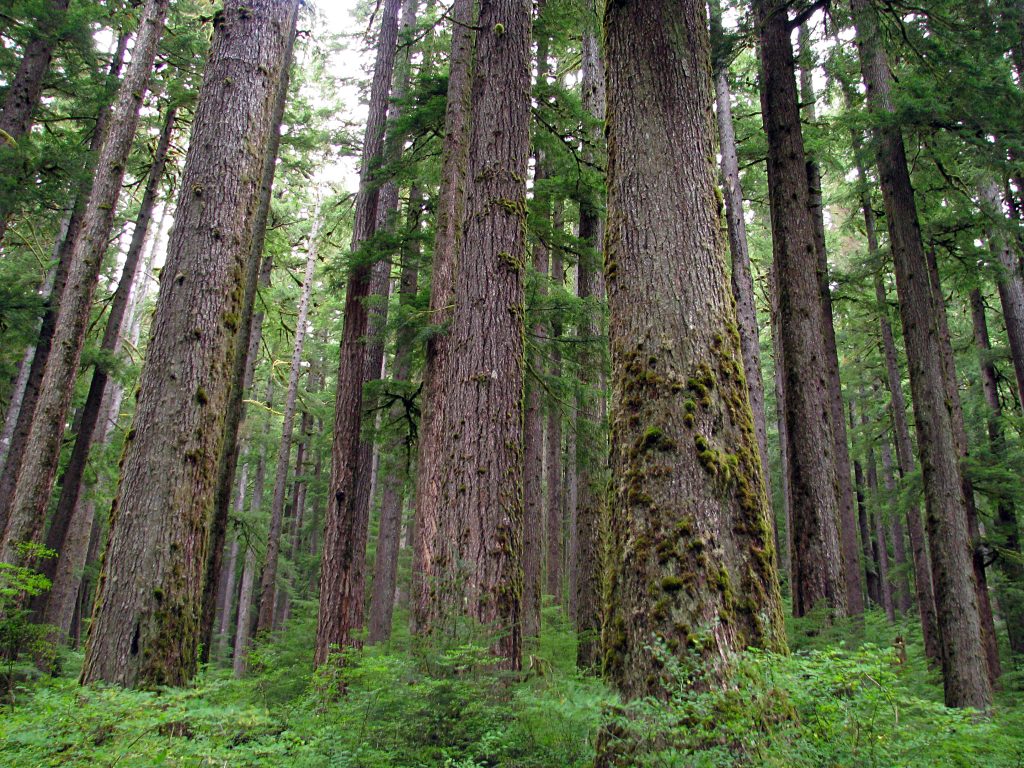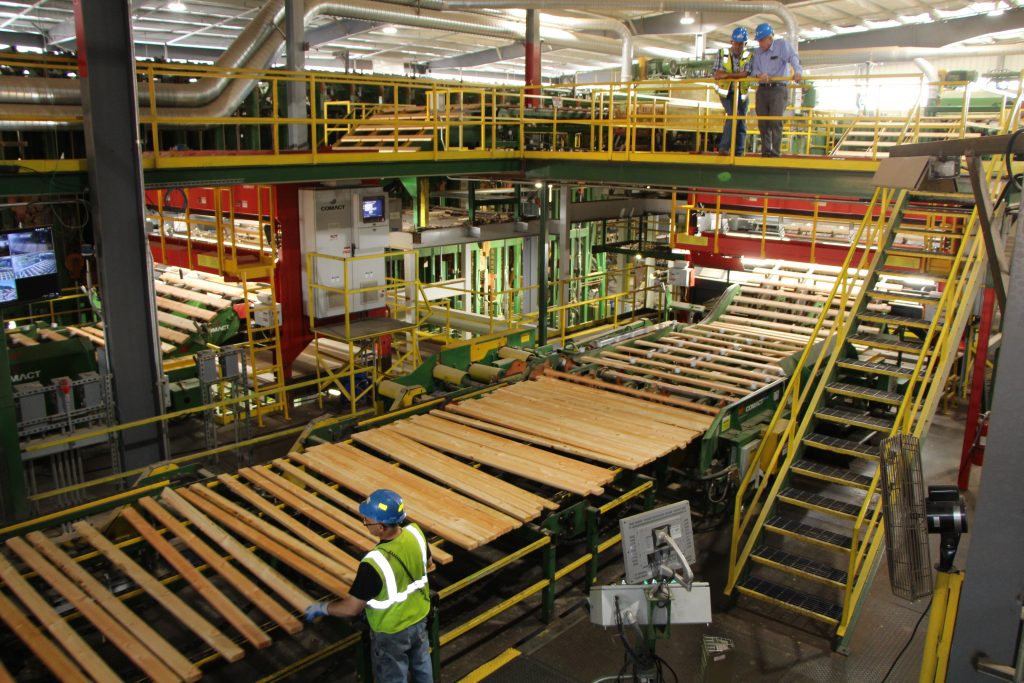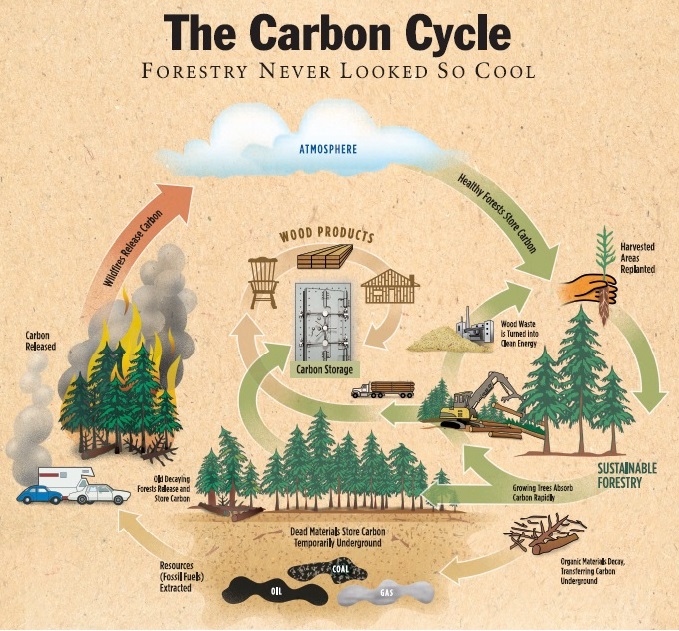
SUSTAINABLE FORESTRY
reduces the amount of
CARBON DIOXIDE
in the atmosphere and helps us fight
CLIMATE CHANGE
DID YOU KNOW?
We’re pretty sure that you’ve heard about how scientists agree that the Earth’s climate is getting warmer. You probably also know that the same scientists agree that the warming is caused because there’s too much carbon in the atmosphere.
Those same scientists are also telling us something very good: forests naturally absorb a lot of that extra carbon, even when forests are being harvested and replanted. When we use the wood to build things that we need that also stores carbon, sort of like locking carbon in a bank vault.
Understanding how it all works may seem complicated, but it’s simpler than you might think. Watch this fun, animated video that explains how carbon capture works.
Just like you can’t be at your best when you’re not healthy, unhealthy forests aren’t able to do as much for us in terms of absorbing carbon. That’s because trees only absorb carbon when they’re growing, and younger, healthier trees are really good at it. Keeping forests healthy requires protecting them from threats like catastrophic fires, tree-killing diseases, and bug infestations.
Some of this work — called active management — is done by working foresters throughout the year in some of the forests. Other forests do not get this attention. Managing healthy forests is a very important part of supporting carbon absorption, but also provide drinking water, wildlife habitat, and jobs across our state.

When wood is used instead of other types of materials, energy is saved.

- Wood building materials produce less air and water pollution, require less energy and generate less CO2 emissions than other common building materials.
- Concrete creates 51% more solid waste than using wood to build a typical house.
- Steel requires 400% more water than using wood to build the same structure.
- Two tons of carbon emissions are offset for every dry metric ton of wood used.
Recycling paper is another important step we take to use wood responsibly and keep the environment healthy.
Now, take a look at the illustration below. Using what you learned from the video, can you spot at which places carbon is absorbed, stored, or released?
